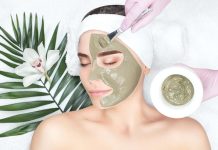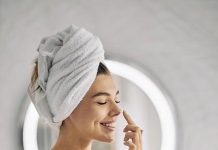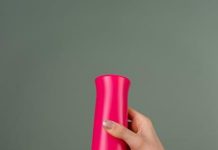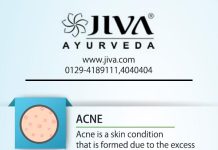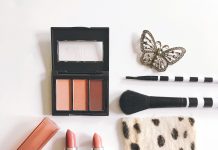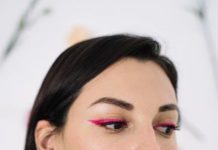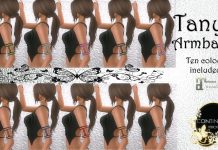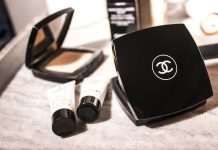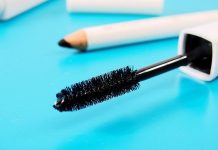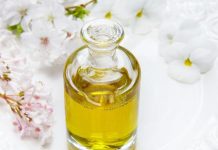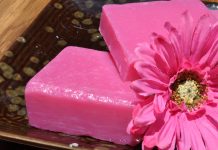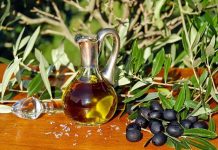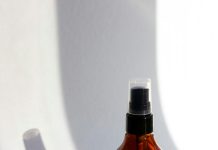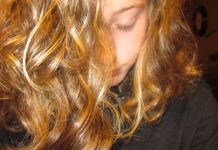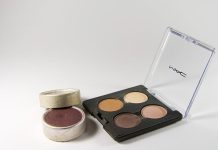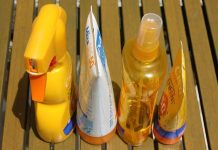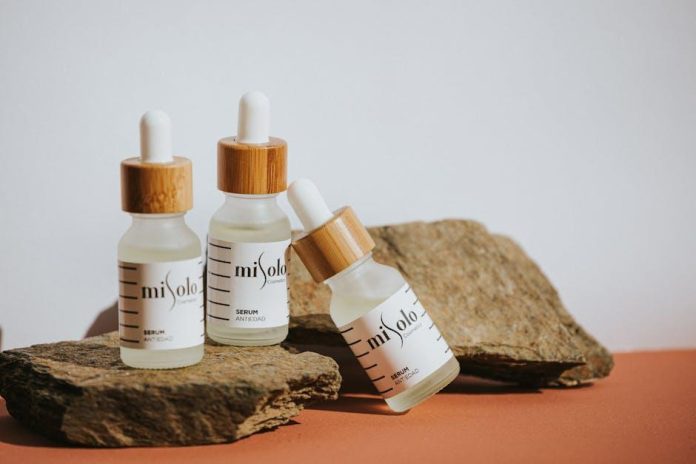In a world increasingly conscious of sustainability and waste reduction, the allure of repurposing old beauty products has gained traction. From turning expired lotions into household cleaners to using old mascaras for craft projects, the possibilities seem endless. However, beneath this eco-friendly veneer lies a crucial question: should consumers be cautious about the potential hygiene risks involved? This article delves into the delicate balance between creative reuse and health safety, exploring expert insights and practical considerations to help you make informed decisions about your beauty product transformations.
Risks Lurking in Your Beauty Cabinet: The Hygiene Debate
Delving into the depths of your beauty cabinet might reveal a host of aging products that, while tempting to repurpose, could pose potential hygiene risks. Old cosmetics and skincare items often harbor bacteria and lose their efficacy over time, leading to possible skin irritations or infections. The debate over whether to reuse these products often centers on the balance between waste reduction and personal safety. Here’s a closer look at why repurposing might not be the best choice:
- Microbial Growth: Expired products can become breeding grounds for bacteria and mold, especially if they contain natural ingredients or have been exposed to moisture.
- Degraded Ingredients: Over time, active ingredients in beauty products can break down, reducing their effectiveness and potentially altering their chemical composition.
- Allergic Reactions: Using outdated products can increase the risk of allergic reactions, as the original formula may have changed.
By keeping an eye on expiration dates and adopting a mindful approach to product usage, consumers can ensure their beauty routines remain both effective and safe.
Understanding Expiration: When Beauty Turns Bad

It’s a common scenario: a half-used bottle of foundation or an almost-empty tube of mascara, long forgotten at the back of the drawer. But what happens when beauty products go past their prime? Understanding the shelf life of cosmetics is crucial, as expired products can become breeding grounds for bacteria, leading to potential skin irritations and infections.
Here are some key points to consider when dealing with expired beauty products:
- Bacterial Growth: Over time, products can become contaminated with bacteria, especially those that come in contact with eyes or lips.
- Ingredient Breakdown: Active ingredients may degrade, reducing efficacy and altering texture or smell.
- Packaging Integrity: Compromised packaging can lead to exposure to air and moisture, accelerating spoilage.
While the temptation to repurpose old products might be strong, it’s essential to prioritize hygiene and safety. The risks often outweigh the benefits, making it wise to dispose of expired items responsibly.
Expert Insights on Repurposing: Safe or Sorry?
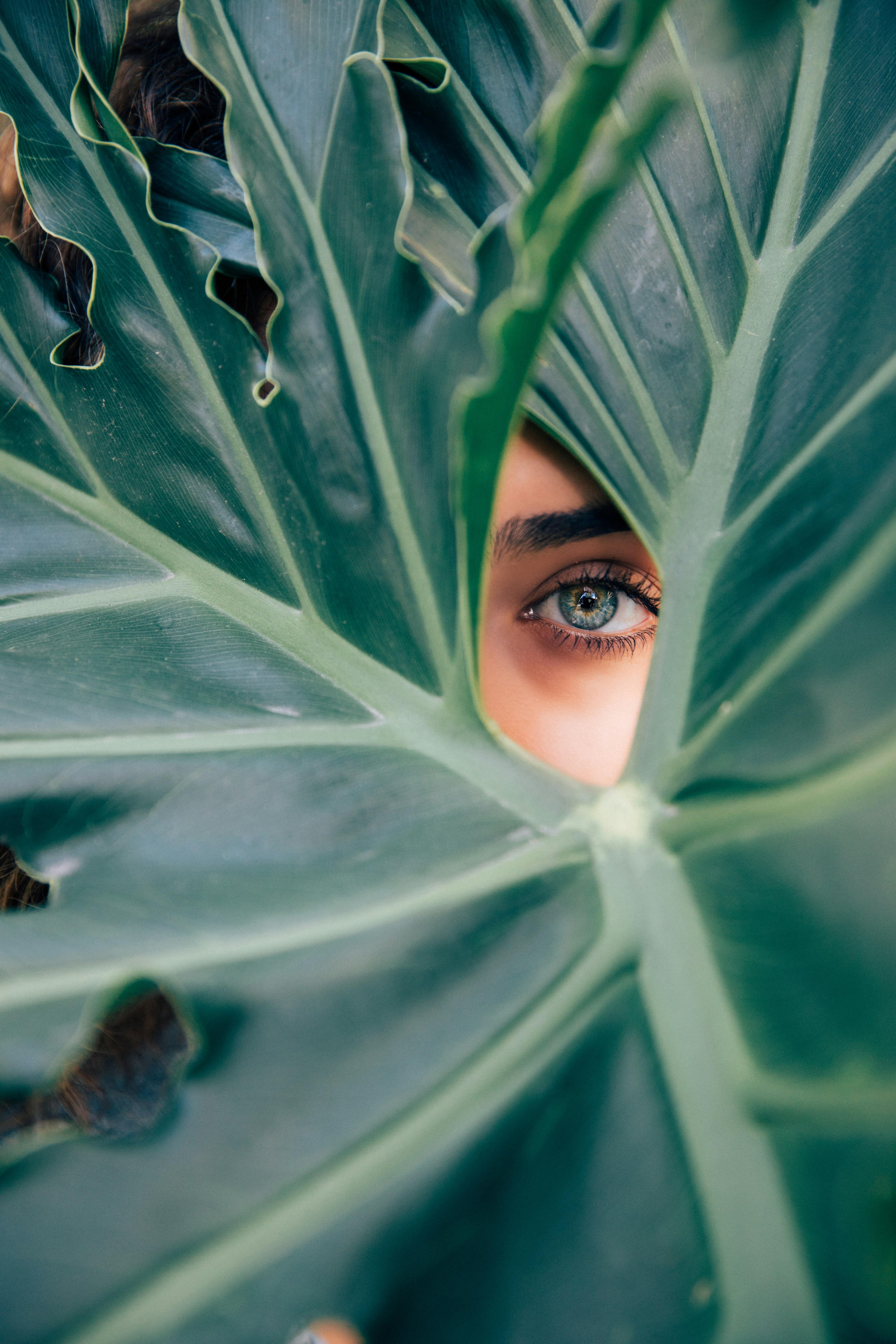
When it comes to giving new life to expired or unused beauty products, expert opinions are varied. Dermatologists often caution against repurposing products that have surpassed their expiration date, particularly those applied to the skin. Expired ingredients can harbor bacteria, leading to potential infections or irritations. However, some beauty enthusiasts argue that certain products can be safely reused in creative ways.
- Lipsticks: Can be transformed into tinted balms by melting and mixing with a bit of petroleum jelly.
- Powder Makeup: Consider using as art supplies for coloring or crafts, as long as no skin contact is involved.
- Perfumes: Use as room fresheners or to scent letters and stationery.
Beauty chemists suggest exercising caution, emphasizing the importance of understanding ingredient stability. While creativity is encouraged, ensuring safety and avoiding skin contact with potentially harmful substances is crucial. The balance between resourcefulness and hygiene remains a personal decision.
Practical Recommendations for a Clean Beauty Routine
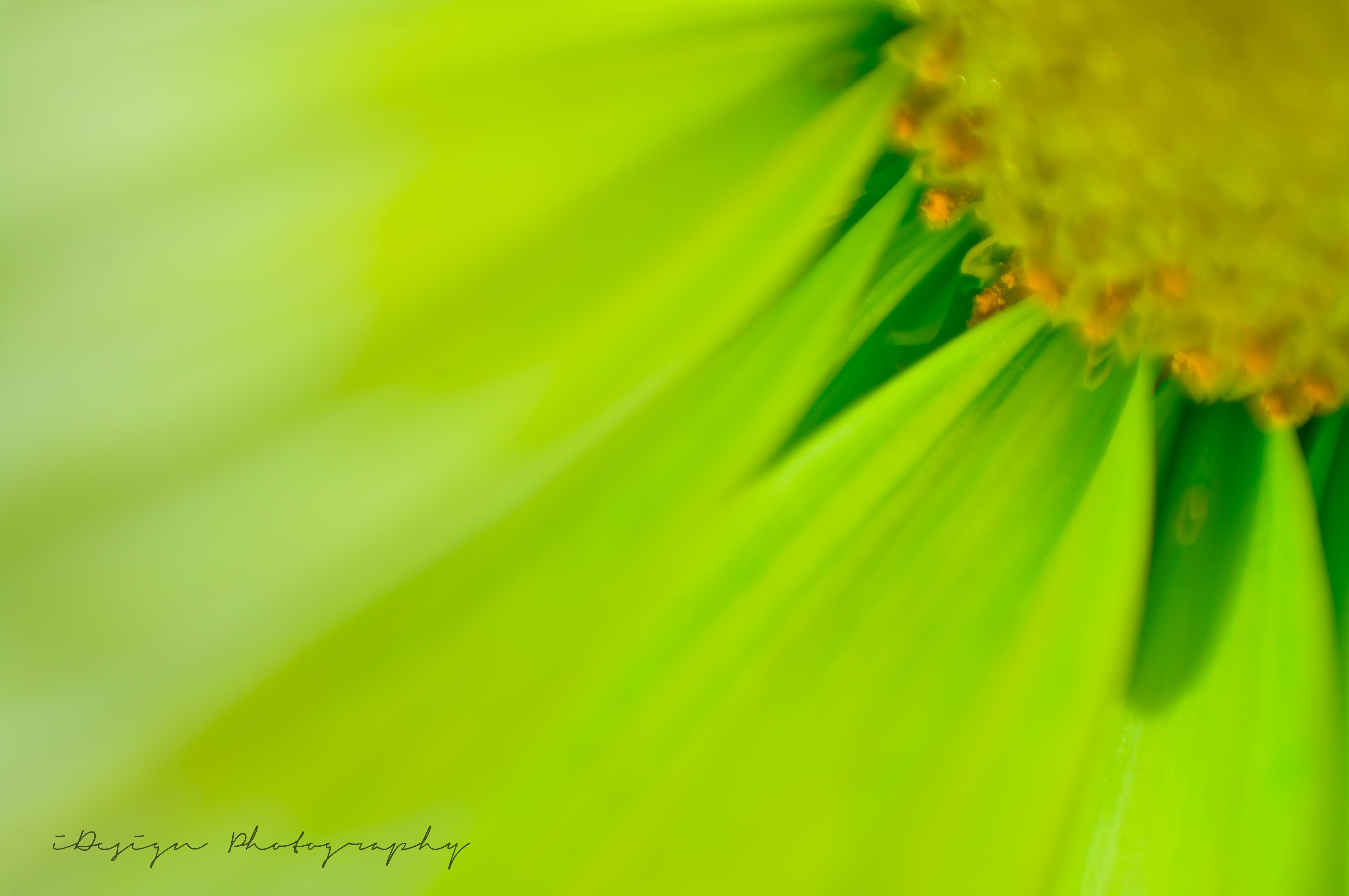
Adopting a clean beauty routine doesn’t have to be complicated. Start by examining your current products and check for any expired items. Expiration dates matter, as old products can harbor bacteria that compromise skin health. Instead of repurposing, consider these practical steps:
- Declutter Regularly: Set a schedule to review and dispose of products past their prime.
- Embrace Multi-Use Products: Opt for items designed for multiple purposes to reduce clutter and waste.
- Choose Sustainable Packaging: Look for brands offering recyclable or biodegradable options to minimize environmental impact.
By focusing on freshness and sustainability, you not only enhance your beauty routine but also contribute to a healthier planet. Prioritizing these practices ensures a safe and effective approach to personal care.

